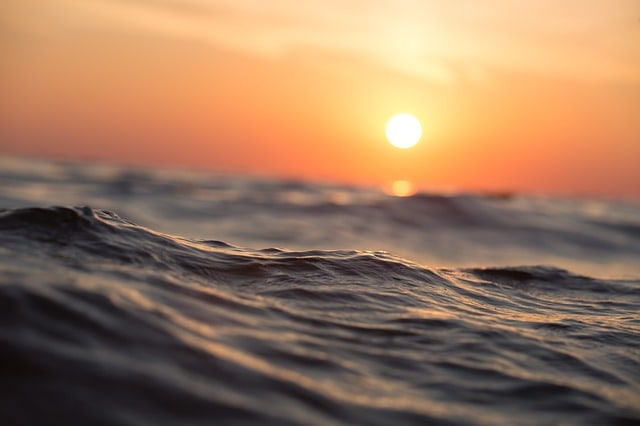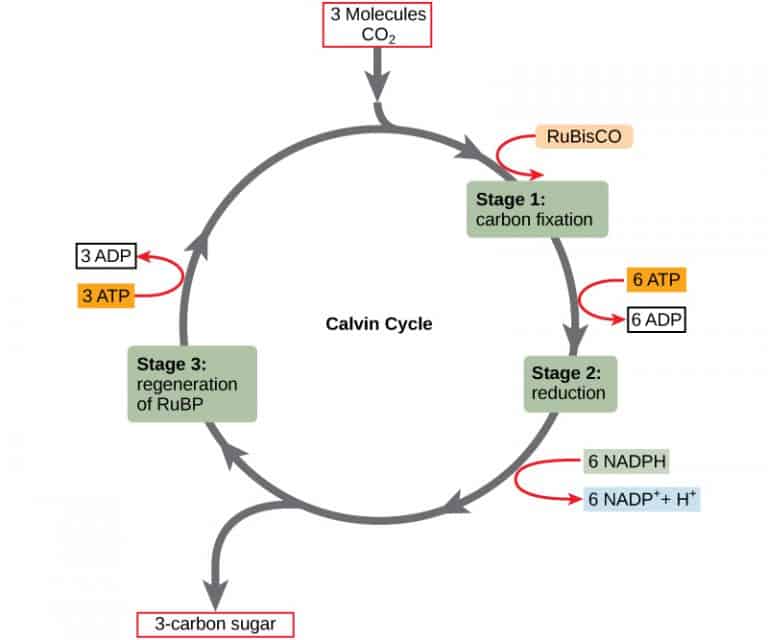Hydrosphere: Importance, Examples and Facts

The Earth has four main spheres. Hydrosphere is of them. It is the water component of the Earth. In other words, all of the water found on Earth is known as Hydrosphere.
Estimated to be about 361740000 square kilometers, the hydrosphere covers 70.8% of the earth. It encompasses all water bodies, icebergs, as well as water vapor in the atmosphere. It also includes underground water, which is in the aquifers and wells.
Water moves through the hydrosphere in what is known as the Water Cycle or Hydrologic Cycle. Namely, water collects in clouds before falling to Earth as rain or snow. This water then collects in water bodies such as oceans, lakes, and rivers.
From the water bodies, it evaporates into the atmosphere and the cycle continues. In this article, we explore the importance of hydrosphere as well as some interesting facts about it.
Importance of Hydrosphere
The hydrosphere is of great importance as it plays an integral role in the survival of all life forms. Here are some of the significant functions of the hydrosphere on Earth:
1. A Component of Living Cells
Each cell in a living organism is composed of at least 75% water. This promotes the normal functioning of the cell. Most of the chemical reactions that occur in living organisms involve materials that are dissolved in water. No cell would survive or be able to carry its normal functions without water.
2. Habitat for Many Life Forms
The hydrosphere provides an important place for a wide range of plants and animals to live. Many nutrients such as nitrate, nitrite, and ammonium ions, as well as gases such as carbon dioxide and oxygen are dissolved in water. These compounds play an integral role in the existence of life in water.
3. Climate Regulation
One of water’s exceptional features is its high specific heat. Namely, water takes not only a long time to heat up but also a long time to cool down. You know what’s the significance of this?
It plays a significant role in regulating temperatures on earth, ensuring temperatures remain within a range that is suitable for the existence of life. Ocean currents also play a critical role in heat dispersion.
4. Existence of Atmosphere
Hydrosphere has a significant contribution to the existence of the atmosphere in its present form. When the earth was formed it comprised only a very thin atmosphere. This atmosphere was packed with helium and hydrogen similar to Mercury’s current atmosphere.
The gases helium and hydrogen were later ejected from the atmosphere. And the gases and water vapor produced as the Earth cooled became its current atmosphere. The volcanoes also released other gases and water vapor, which entered the atmosphere.
This process is estimated to have occurred about 400 million years ago.
5. Human Needs
The hydrosphere benefits humans in numerous ways. Besides drinking, water is used for domestic purposes like cooking and cleaning as well as for industrial purposes. Water can also be used for transportation, agriculture, and to generate electricity through hydropower.
In addition to the importance of hydrosphere, there are some facts about this sphere that you should know. Shall we look at them?
Examples of Hydrosphere
Hydrosphere includes:
- All the oceans – Pacific, Indian, Atlantic, Arctic and Antarctic oceans
- Seas – Black Sea, Caspian Sea, Persian Gulf, Adriatic Sea, Mediterranean Sea, and the Red Sea
- Glaciers, such as Lambert glacier in Antarctica, which Is the world’s largest glacier
- Lakes
- Rivers
- Streams
- Clouds
17 Important Facts About Hydrosphere
Fact 1: The total amount of water on Earth is about 333 million cubic miles or 1,386 million cubic kilometers.
Fact 2: The hydrosphere’s composition in terms of percentage of water is as follows: [Source]
- Ocean – 97.6%
- Saline lakes and Inland seas – 0.008%
- Glaciers and Ice caps – 1.9%
- Groundwater – 0.5%
- Soil moisture – 0.01%
- Lakes – 0.009%
- Freshwater rivers – 0.0001%
- Atmosphere – 0.0009%
Fact 3: About 68.7% of the freshwater exists in the form of permanent snow. This exists in the Arctic and Antarctic regions, as well as other mountain glaciers.
Fact 4: The Earth is known as water planet in light of the fact that life on the Earth entirely depends on the water that exists in the hydrosphere.
Fact 5: The hydrosphere interacts with the atmosphere and the lithosphere primarily through the hydrologic cycle.
Fact 6: The hydrologic cycle is driven by the energy from the sun. The water cycle goes through four main steps: evaporation, condensation, precipitation, and There’s an additional element in the cycle known as transpiration.
- Water on the Earth surface changes from liquid to vapor (gas) through evaporation, which requires energy to occur.
- When it gets to the atmosphere, the water vapor cools and accumulates into water droplets, which become clouds. The process is known as condensation.
- Eventually, the clouds fall on Earth in the form of precipitation, which includes rain, hail, sleet, and snow.
- Runoff is precipitation water that flows over the Earth surface into water bodies.
- Plants also release water vapor to the atmosphere through transpiration.
It’s worth noting that water that doesn’t run off seeps into the ground, filling the spaces between the soil and rocks. It eventually becomes groundwater.
Fact 7: According to scientists, the amount of water on the Earth’s surface doesn’t change over time. This implies the amount of water available on the Earth today is the same as it was when dinosaurs were roaming the Earth.
Fact 8: It is believed that the hydrosphere’s temperature and pressure vary significantly with depth. Moreover, the average depth of the oceans on Earth is said to be 12,447 feet or 3794 meters. This is five times the continents’ average height.
Fact 9: The Earth’s system consists of four interconnected or overlapping spheres: hydrosphere, lithosphere, atmosphere, and the biosphere.
Fact 10: It is said that the total mass of water on Earth is about 300 times the mass of the climate.
Fact 11: According to some scientists, there’s another hydrosphere in Jupiter, in a moon known as Europa. This hydrosphere comprises a frozen outer layer and a massive, liquid beneath it.
Fact 12: Pacific is the world’s deepest ocean. And it is home to the world’s deepest trench, the Mariana trench. Pacific Ocean is virtually circular, while Atlantic Ocean assumes an ‘S’ shape. The Atlantic Ocean boasts the longest coastlines.
Fact 13: There’s only one ocean that derives its name from a country. That’s the Indian Ocean, which is deeper than the Atlantic Ocean. Also, Indian Ocean has more Continental Islands than Volcanic Islands.
Fact 14: The Arctic Ocean is the world’s smallest ocean. It lies within the Arctic Circle and the North pole lies in its center.
Fact 15: The gravitational pull of Sun and Moon causes seawater to expand and contract. This leads to a rise and fall of the surface layer, a phenomenon known as tides. The highest tides occur during Full and New Moon. They are called spring tides. The lowest tide is called neap tide. It occurs during each quarter of the month as a result of the vertical of Sun in relation to the Moon.
Fact 16: As Earth rotates from West to East, ocean currents always flow from East to West. The currents are more pronounced near the equator where Coriolis force is near zero. Northern and Southern Oceanic equatorial currents produce counter equatorial current, which serves to fill the water void. Likewise, counter currents similar to the equatorial currents, often flow beneath from polar region to equatorial region.
Fact 17: The hydrosphere is believed to be in constant motion, like the environment.






